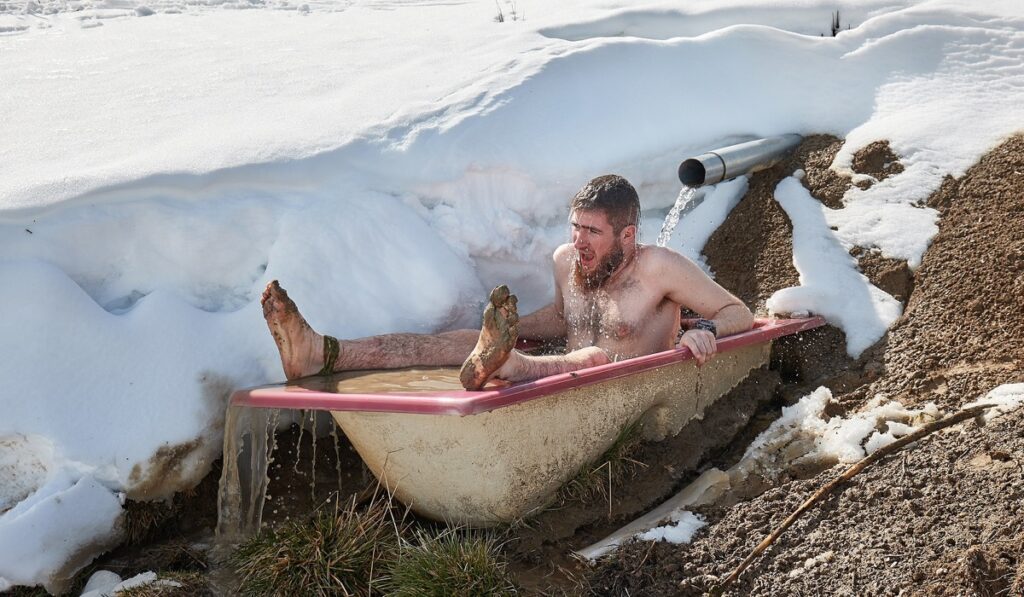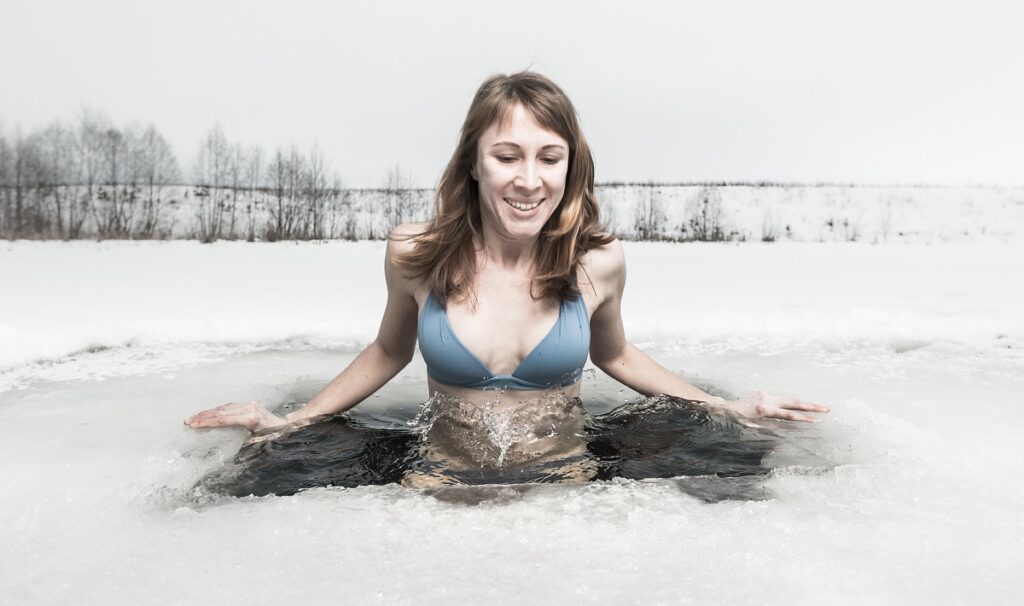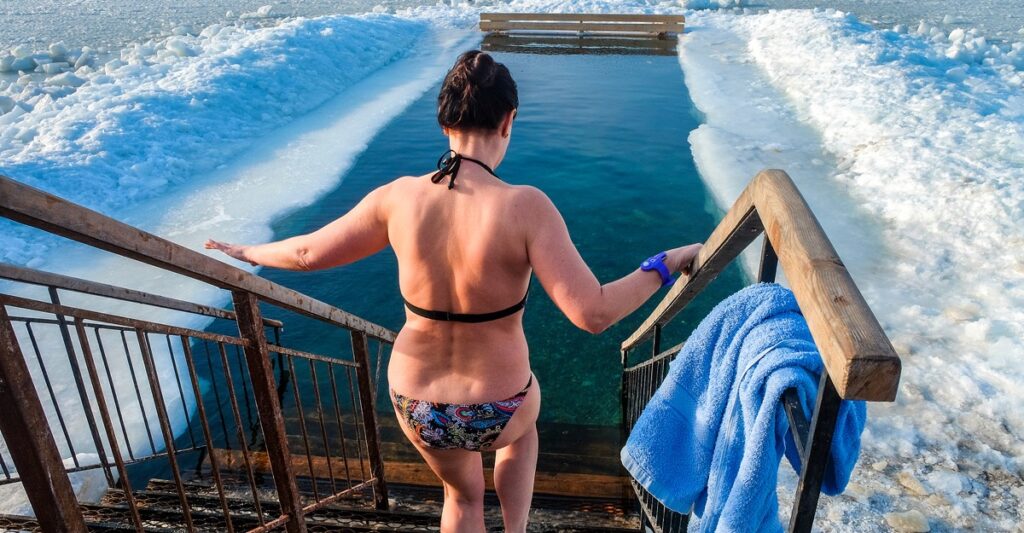Is it Difficult? What’s it Like? Am I Going to Freeze?
Cold plunging has become increasingly popular in recent years, with athletes, wellness enthusiasts, and even everyday people turning to this chilly practice for its numerous potential benefits. But if you’re new to the idea, you might be wondering: What is cold plunging really like? Is it hard? What can I expect the first time I take the plunge? Let’s break it down.
What is Cold Plunging?
Cold plunging is the act of immersing your body in cold water—typically between 50 to 60°F (10-15°C)—for a short period of time, usually ranging from 2 to 10 minutes. People do it in ice baths, cold pools, or even in natural bodies of water like lakes or rivers during colder months. The idea is to expose your body to the cold to stimulate physical and mental benefits, but it’s important to know what you’re getting into before you try it.
Is Cold Plunging Difficult?
The simple answer? Yes, but only at first. Cold plunging isn’t easy, especially for beginners. The shock of icy water can feel intense—your breath quickens, your skin feels tight, and the first instinct is to jump right out. That said, much of the challenge is mental. Your body can adjust over time, but your mind will initially resist the discomfort. The key is to breathe through it, stay calm, and ease into it.
Many people find that after the first minute, the sensations begin to shift. While the cold is still there, it becomes more tolerable as your body adjusts. With regular practice, the difficulty fades, and cold plunging becomes more about the experience than surviving the chill.
What Does Cold Plunging Feel Like?
The first thing you’ll notice is the immediate cold shock—it feels intense, sharp, and jarring. Your skin tightens, and you might experience tingling or even slight numbness, especially in your hands and feet. The urge to breathe rapidly will hit you, but this is where breathing control is essential. Slowing your breath is key to calming your nervous system.
After the initial shock, many people describe a surprising clarity of mind. As your body settles into the cold, you might notice a rush of adrenaline, and after a couple of minutes, some even describe a sense of calm. The cold is still there, but it’s no longer overwhelming. Instead, your focus sharpens, and you become present in the moment—mind and body working together to get through it.
What to Expect During Your First Cold Plunge
During your first plunge, expect hesitation. It’s completely normal to feel apprehensive about stepping into cold water. However, once you’re in, focus on deep, steady breaths. The cold will feel shocking at first, but try to push through those first 30-60 seconds. Many people find that once they surpass this threshold, their bodies begin to adjust, and the experience becomes more manageable.
As you exit the water, you’ll notice your skin tingling and a rush of warmth as blood returns to your extremities. Some people feel an almost immediate boost in mood and energy, while others report feeling calm and centered for hours afterward.
Is Cold Plunging Safe?
While cold plunging is generally safe for most people, there are a few caveats. It’s important to approach it with caution if you have any pre-existing health conditions, particularly related to the heart. The cold can constrict blood vessels and cause a rapid spike in heart rate, so always consult a healthcare professional if you’re unsure.
For most beginners, starting with short dips of 2-3 minutes and gradually increasing time as you acclimate is a safe way to ease into cold plunging. Never force yourself to stay in longer than feels comfortable, and if you feel lightheaded or unwell, get out immediately and warm up.
How to Prepare for Cold Plunging
Preparation can make a world of difference. Start by regulating your breathing before you enter the water. Deep, controlled breaths help activate the parasympathetic nervous system, which can calm your body and mind as you prepare for the cold. Some people also use the Wim Hof breathing method, which helps manage the shock response.
When entering the water, you can either go in gradually or submerge quickly—it depends on your preference. Some find that getting in all at once helps them adjust faster, while others prefer to ease in slowly to manage the shock.
Post-Plunge: What Happens After?
After leaving the cold water, expect to feel invigorated. As blood circulation returns to normal, you might feel warmth and a tingly sensation in your limbs. Some people report a sense of euphoria or a noticeable improvement in their mood and mental clarity. On a physical level, the plunge can help with inflammation and muscle recovery, which is why it’s a favorite among athletes.
For beginners, start with 2-3 plunges per week, allowing your body time to adjust and recover between sessions. As you grow accustomed to cold exposure, you can increase frequency depending on how you feel.
A Rewarding Experience
Cold plunging can be both challenging and rewarding. While the initial discomfort is real, the benefits—both mental and physical—make it worth the effort. Whether you’re seeking better circulation, reduced stress, or just a mental reset, cold plunging offers a unique way to push your limits and experience something refreshingly different.


